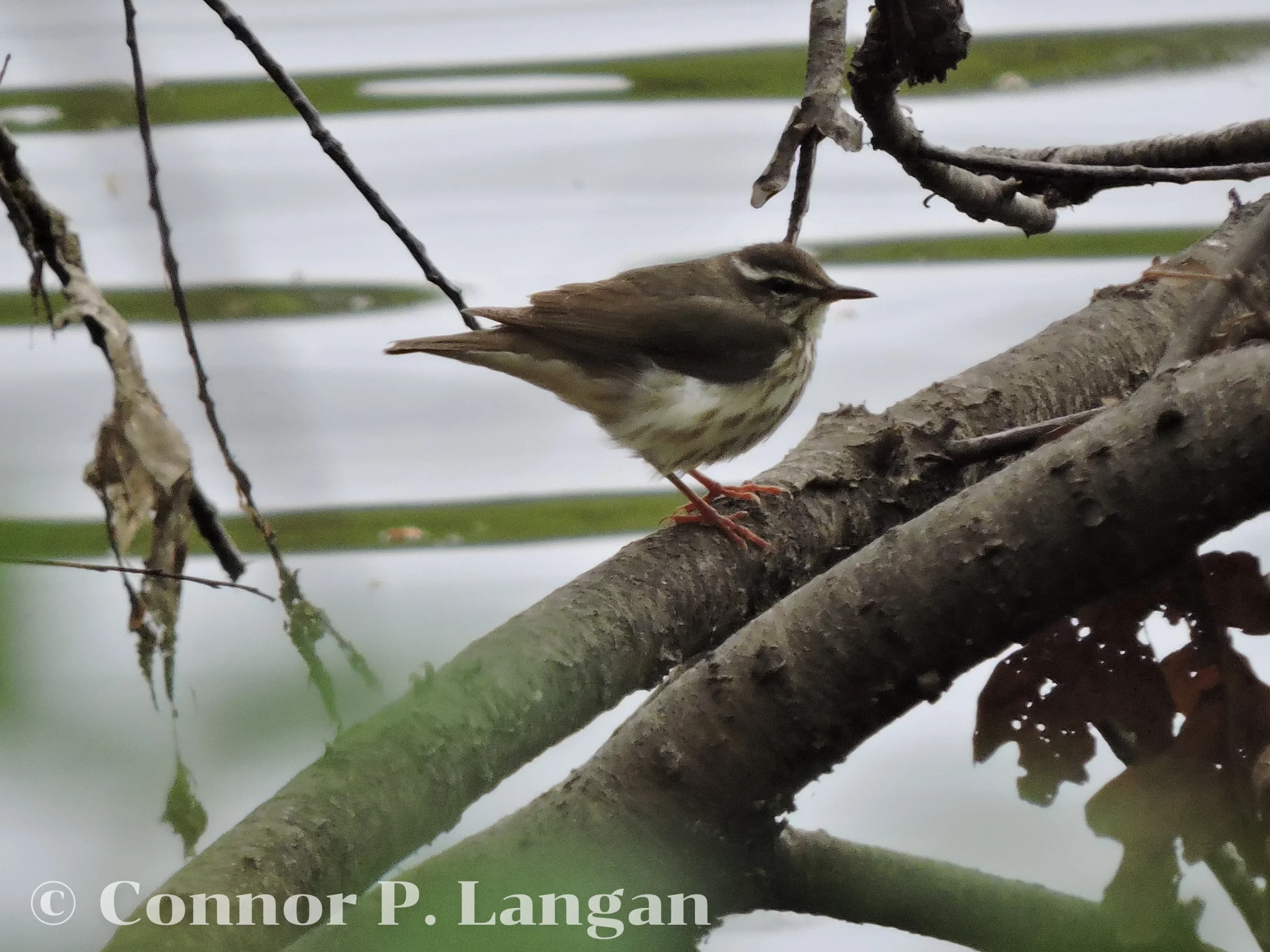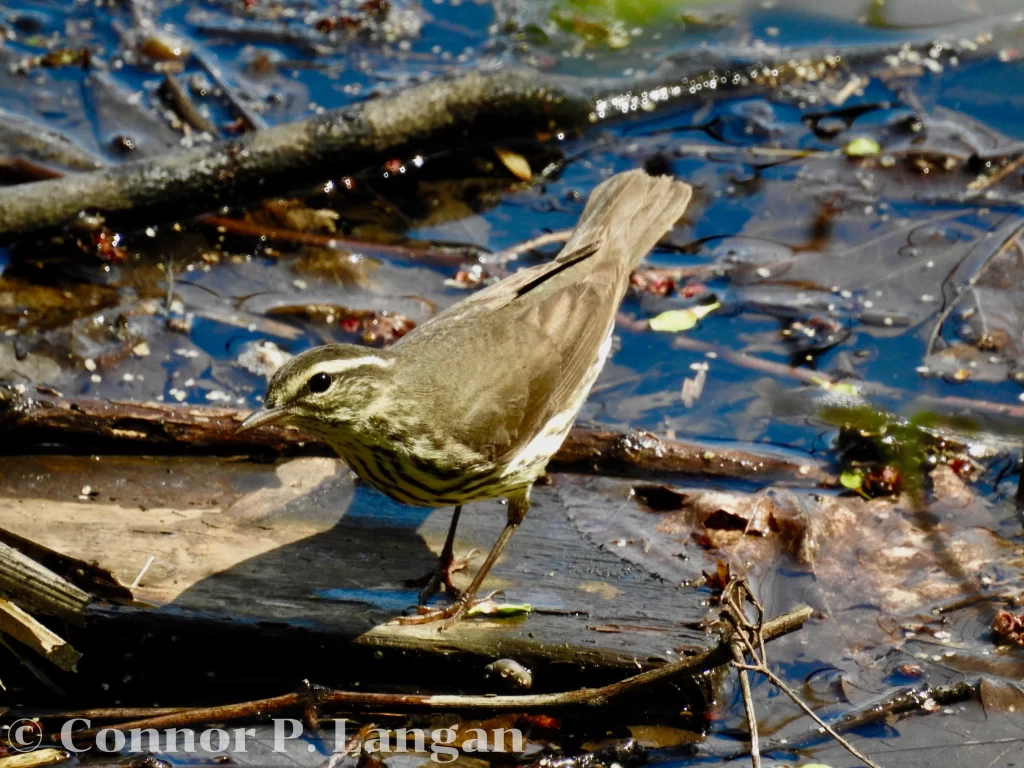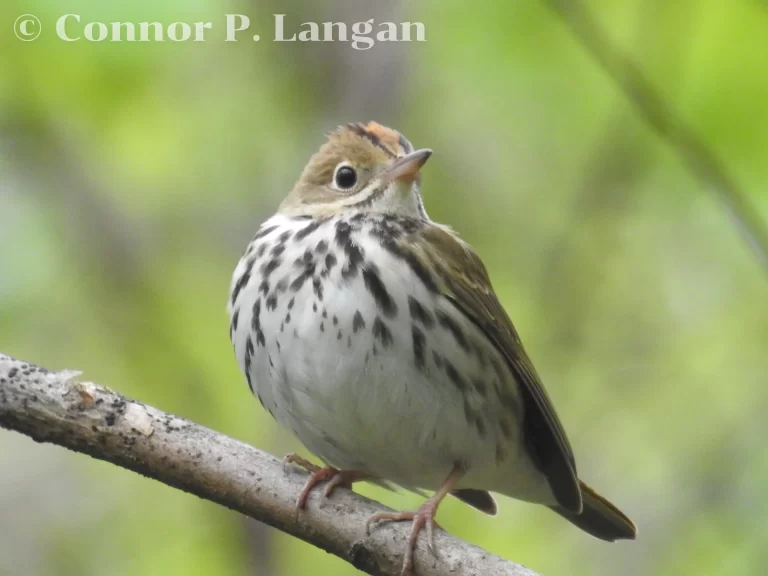Description
Louisiana Waterthrushes are big warblers with sizable, straight bills, long legs, and short tails.
This species may exceed 6 inches in size, making it one of the largest warblers. Louisiana Waterthrushes weigh as much as 0.8 ounces.
Male and female Louisiana Waterthrushes look the same as one another, making them impossible to differentiate by appearance. These songbirds sport the same plumage throughout the year.
The large white supercilia of these birds stand out on their otherwise dark faces. Louisiana Waterthrushes have brown backs and white undersides that feature dark streaking.
Immature Louisiana Waterthrushes look the same as adults.
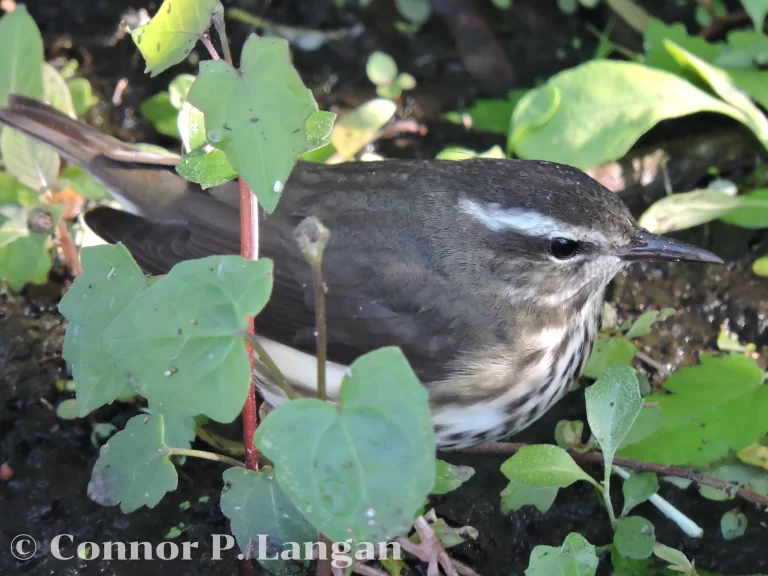
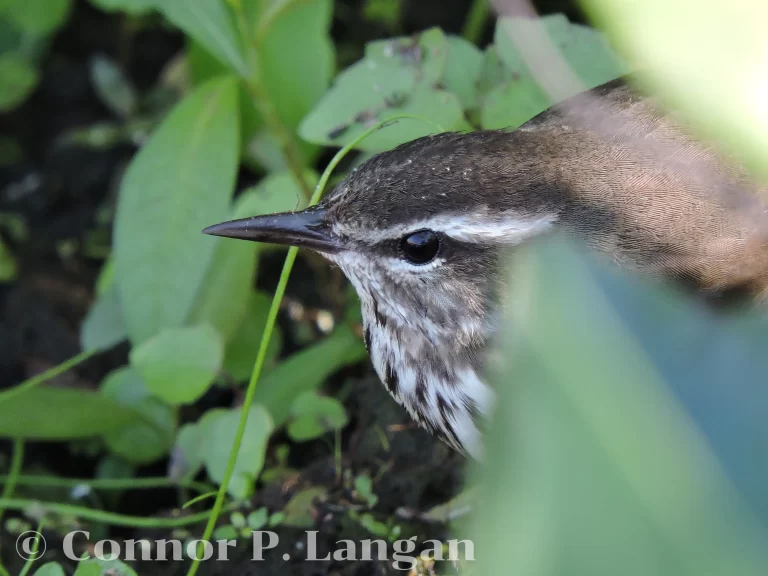
Behavior
Louisiana Waterthrushes incessantly bob their tails as they forage along streams. These warblers walk rather than hop along the ground.
Male Louisiana Waterthrushes create and defend territories that border streams. These birds will defend the territory adjacent to the stream from intruders, but they do not defend the forest near the stream.
Diet
An assortment of different prey items are consumed by Louisiana Waterthrushes. Various insects and their larvae are the preferred prey of these birds, but they’ll also eat crayfish, fish, and amphibians.
Habitat
Louisiana Waterthrushes seek out streams that hold water throughout the summer for breeding territories. This species is rarely found breeding away from streams, though they do breed in swamps in some instances.
The streams favored by Louisiana Waterthrushes must be located in mature woodlands. Louisiana Waterthrushes seek out such habitats during the summer breeding season and the winter months.
Watch for Louisiana Waterthrushes to show up near any body of water within a forested habitat during migration.
Range
Louisiana Waterthrushes breed east of the Great Plains, with the vast majority of their breeding range being located in the United States.
These birds spend the winter months in Mexico, the Caribbean, Central America, and northern South America.
Breeding
Louisiana Waterthrushes form monogamous pairs annually, with research supporting the idea that around one-third of all Louisiana Waterthrushes keep their same mate in consecutive years.
Both males and females seemingly have input about the location of the nesting site. Nests are located along the ground and placed underneath logs or weedy thickets.
The male and female both contribute to nest construction. A cup-shaped nest is built out of leaves, grasses, and other plant fibers and held together with mud.
Females produce a single brood of eggs each year, with each clutch containing as many as 6 eggs. Eggs are incubated for two weeks at most. The young fledge after about 12 days.
Backyard Birding
Those who do not have a wooded stream or waterway in their yard probably won’t attract Louisiana Waterthrushes. These birds will not eat from bird feeders or nest in birdhouses.
Population Status
Louisiana Waterthrushes have a fairly small population compared to most other warblers, as they only number around 450,000. Nevertheless, these birds have fared well in the past half-century, increasing their populations by around 35%.
The principal threats to Louisiana Waterthrushes are habitat loss and habitat degradation. Streams that become polluted don’t yield productive numbers of insects

